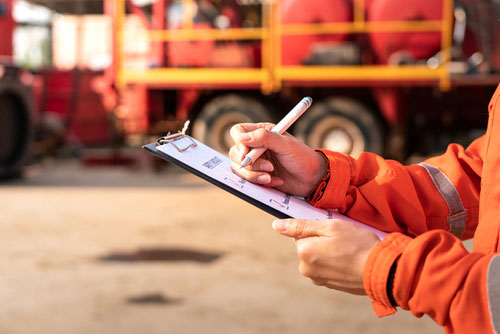By Alan O’Donovan and Jake Bumpus, Safety Engineering Consultants at Occupli Consultancy
Machinery Safety Risk Assessments consist of the same basic considerations as any other type of Risk Assessment, and can be carried out by the following step-by-step approach:
- Identify any hazards associated with the machine
- Estimate the risk
- Evaluate the risk
- Determine the risk reduction that may be applied to reduce the risk in accordance with the applicable legislation, standards, and best industry practices
There are a wide range of tools and methodologies available to safety professionals to allow them to estimate the level of risk associated with each identified machine hazard, and determine whether or not the current level of risk is as low as reasonably practicable (ALARP).
One methodology which is frequently used in Machinery Safety Risk Assessments is known as the Hazard Rating Number (HRN) method.
How does the HRN method work?
Using the HRN system, once a machine hazard is identified, numerical values are assigned based on the following factors which aid in estimating and evaluating the risk related to a particular hazard:
- Likelihood of Occurrence (LO)
- Frequency of Exposure (FE)
- Degree of Possible Harm (DPH)
- Number of Persons at risk (NP)
Once the numerical values are assigned to each of the factors above, the hazard rating number (HRN) can be calculated by HRN = LO x FE x DPH x NP. The HRN number can then be equated with an overall risk level, using the table below.

What are the pros and cons of this method?
A benefit of using this approach is that a relatively good degree of consistency can be achieved for a particular hazard, even if different individuals are undertaking the assessment. It also allows for the degree of the risk reduction achieved by a suggested new control measure to be quantified, using the following formula:

As with many quantitative risk assessment methodologies, a potential pitfall of this method is not being appropriately conservative when selecting the relevant HRN values. This could lead to an unrealistically low evaluation of the risk level, and so important safety improvements are overlooked. Alternatively, if overly conservative values are selected, then this may overestimate the level of risk, leading to the implementation of unnecessary costly improvements.
Therefore, as for all risk assessment methodologies, it is important that Machinery Safety Risk Assessments are carried out by a competent person or team, who have the right level of knowledge, experience, and skills in this area.
Occupli Consultancy is a leading provider of Machinery Safety Support to many clients nationally and internationally. Our specialists provide practical advice, training, and machinery solutions to support your particular needs. Our team work to legislative requirements and benchmark against industry best practice.
Read more about our Machinery Safety services on our website. Occupli Training also deliver IOSH accredited Machinery Safety training.

